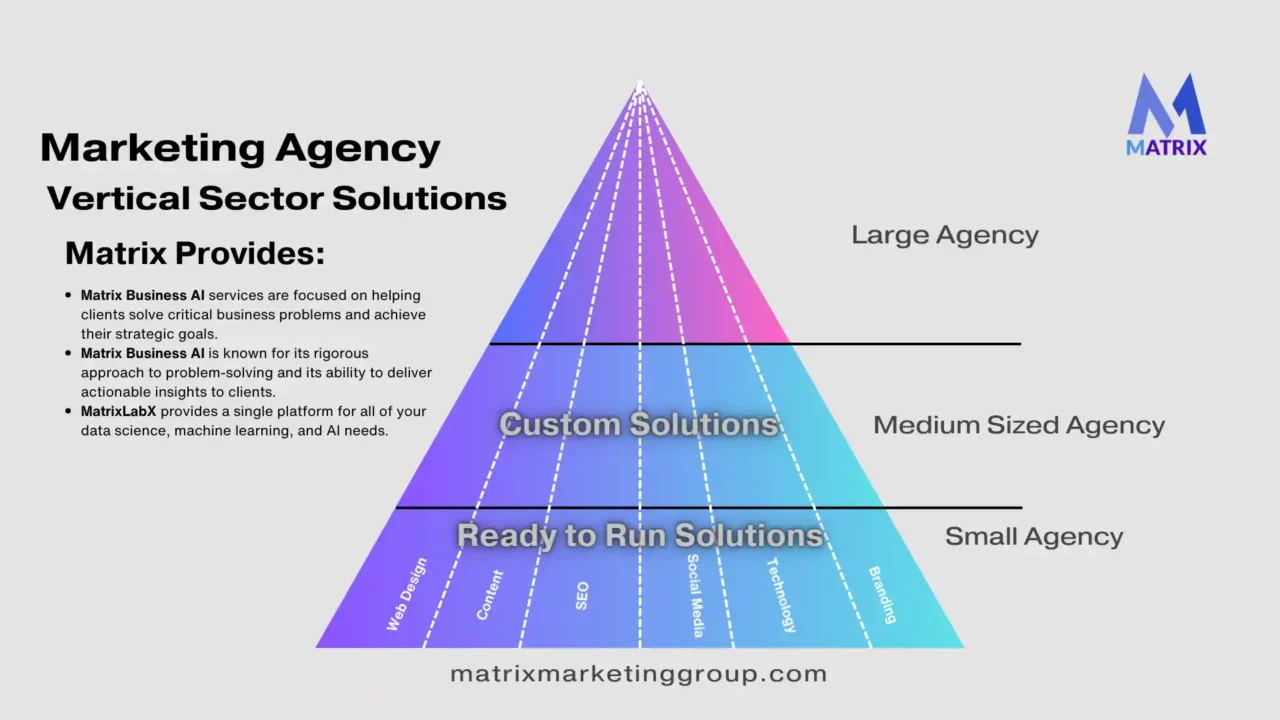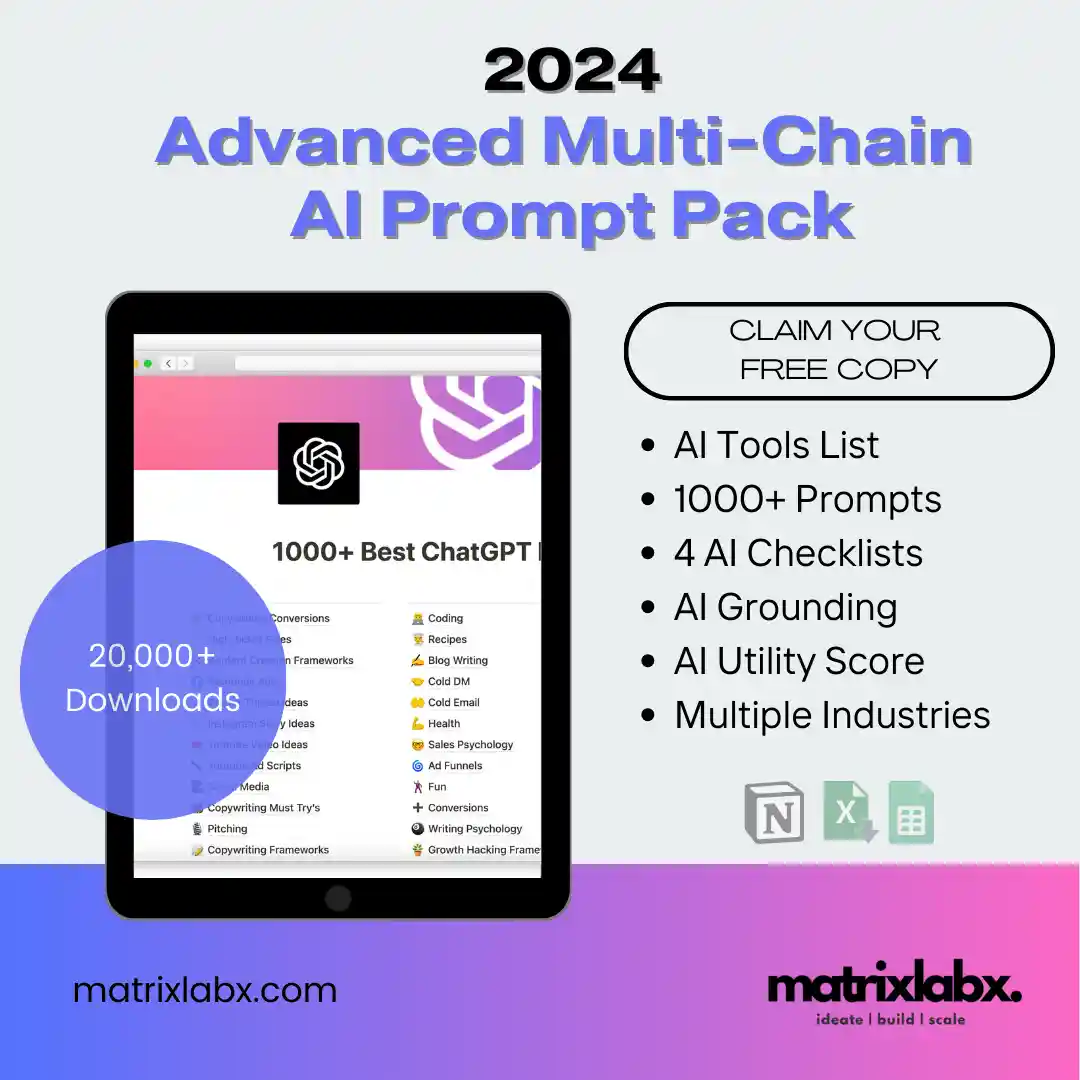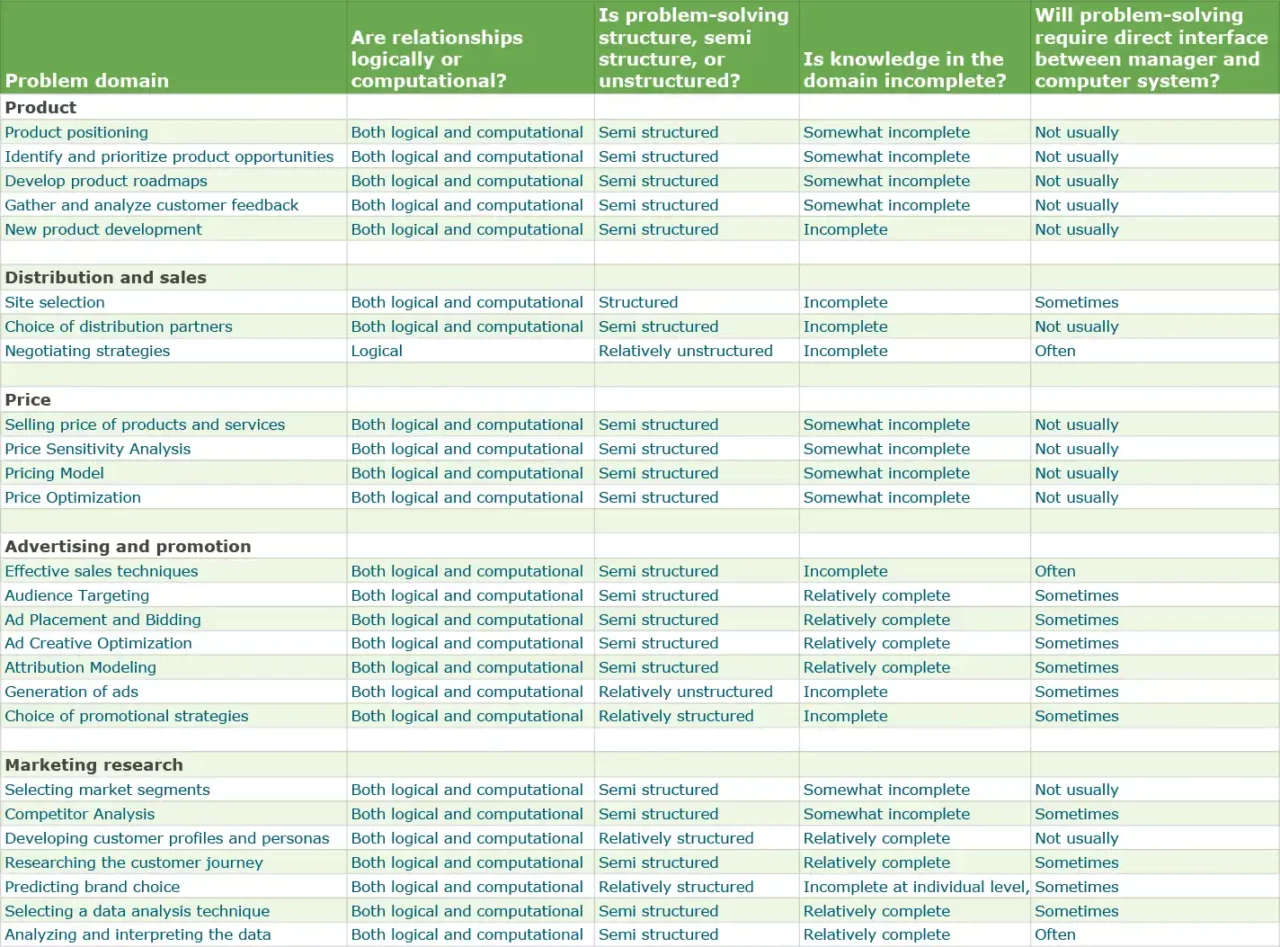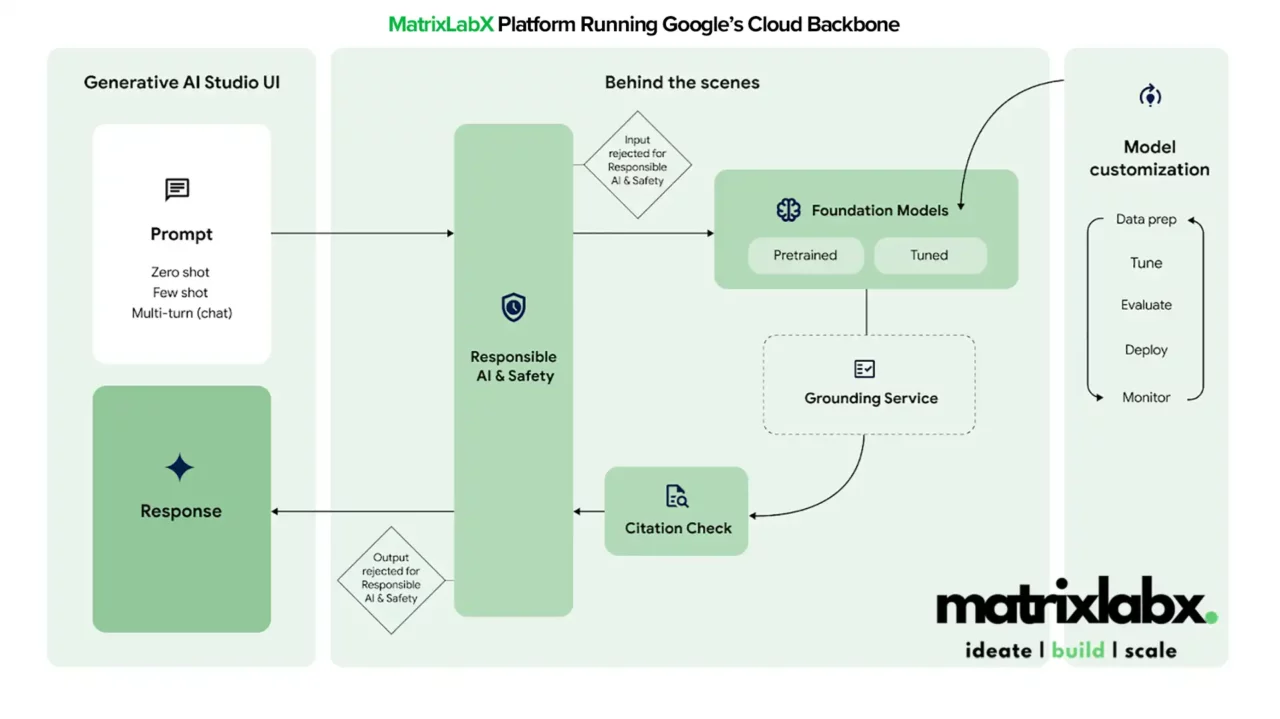Go-to-Market Campaign Launch: A CMO’s Playbook
Learn How to Start a Go-to-Market Campaign Launch: A CMO’s Playbook.
Launching a successful campaign requires a meticulous, multi-layered approach.
Embarking on a Launching marketing campaign journey can often feel like navigating a labyrinthine maze, fraught with uncertainties and unexpected twists. Imagine, for a moment, you’re at the helm of this intricate endeavor.
Before you lie a landscape of undecipherable strategies and tools, a complex terrain that could easily overwhelm even the most seasoned marketer, the path to success seems obscured, shrouded in market unpredictability and consumer fickleness.
Now, picture a transformed scenario. After adopting a meticulous, multi-layered approach, the fog lifts, revealing a clear, well-defined pathway to victory. This approach resembles a master key, unlocking your campaign’s potential. It guides you through the complexities, ensuring each step is calculated, each decision is data-driven, and each tactic is finely tuned to resonate with your target audience.

Better Search Ranking
Better Search Ranking in 90 days
SEO is extremely important for companies to rank on search because it is the primary way that people find information online.
Bridging the gap between these two scenarios is the essence of a successful marketing campaign. It’s not just about having a great idea or a catchy slogan; it’s about weaving a tapestry of strategies that are as intricate as they are effective.
This campaign is built not just on creativity but on a foundation of rigorous analysis, a deep understanding of your audience, and an unwavering commitment to your goals. In this blog, we’ll explore how to navigate this labyrinth with finesse, transforming the daunting into the achievable and turning potential pitfalls into stepping stones for success.

Defining the Target Audience:
Cracking the Code: Decoding Your Target Audience
In the bustling marketplace, finding your voice amongst the crowd is critical. But before you shout your message from the rooftops, take a moment. Who are you talking to? This, my friends, is where the magic of defining your target audience comes in.
Understanding Your Tribe:
Imagine your ideal customer, who praises your product to everyone they know. Who are they? What fuels their day? What keeps them up at night? Delving into demographics is a fantastic first step.
Are they young, tech-savvy professionals or seasoned veterans seeking retirement solutions? Knowing their age, gender, location, and income level paints a broad picture.
But demographics are just the canvas. To truly connect, we need to explore the inner landscape of our audience. What are their pain points? The nagging worries that gnaw at their happiness and success.
Are they struggling with work-life balance, financial anxieties, or pursuing a specific passion? Identifying these needs allows us to craft resonating messages, offering solutions rather than empty promises.
Preferences: The Flavor in Your Message:
Demographics and pain points tell us what our audience needs, but preferences add the flavor. How do they consume information? Are they early adopters glued to the latest tech trends or traditionalists who prefer print and radio? Do they crave bite-sized social media snippets or in-depth blog articles? Understanding their preferred channels is crucial for directing our message to the right platform.
Content that Clicks:
With our audience’s portrait sketched, we can now shape content that resonates. Imagine offering financial advice to a tech-savvy millennial on the same platform and language as a seasoned investor. It wouldn’t work.
Tailoring content to their preferred format, addressing their specific pain points, and speaking their language is the recipe for engagement.
The Power of Persona:
To truly master the art of audience understanding, consider crafting personas. These fictional representations embody your ideal customers, bringing their demographics, pain points, and life preferences. Having these personas in mind while creating content or planning campaigns ensures your message hits the bullseye every time.
Remember, defining your target audience isn’t just a marketing checkbox. It’s the foundation of building genuine connections, fostering trust, and, ultimately, achieving success.
So, take the time to understand your tribe, their struggles, and their desires. In doing so, you’ll unlock the key to crafting a message that resonates, leaving a lasting impact on the hearts and minds of your audience.
Building the Content Strategy:
Building a Towering Content Strategy: Where Pillar Content Reigns Supreme
Searching for ways to make our brand a beacon of knowledge and authority. And let me tell you, pillar content is the cornerstone, the bedrock, the Mount Everest of that strategy.
These aren’t your fleeting blog posts or trendy tweets; they’re in-depth, comprehensive pieces that showcase our expertise and captivate our audience. Think white papers, research reports, or guides so thorough they deserve their own Dewey Decimal number.
Why Pillar Content Deserves a Standing Ovation
- Authority Alchemy: Pillar content transforms us from marketers to trusted advisors, the Sherpas navigating complex topics for our audience. When we delve deep, analyze data, and boil down intricate concepts, we establish ourselves as the go-to source for reliable information. Trust builds loyalty, and loyal readers become brand advocates, spreading the word like wildfire.
- SEO Symphony: Search engines love pillar content. The sheer depth and breadth of information send out SEO-siren songs, attracting search bots like bees to pollen. This translates to higher rankings, increased organic traffic, and a website that hums with the happy tune of online visibility.
- Content Constellation: Pillar content isn’t a lone star; it’s the gravitational pull around which a galaxy of supporting content orbits. Shorter blog posts, infographics, and videos can all feed into and expand upon the themes explored in the pillar piece. This creates a cohesive, knowledge-rich ecosystem that keeps users engaged and returning for more.
Building Your Content Colosseum: Tips from the Top
- Identify Your Pillars: What core topics define your brand and resonate with your audience? These are your pillars, the sturdy columns holding up your content cathedral.
- Research and Rigor: Don’t skimp on the research! Pillar content demands meticulous fact-checking, data analysis, and expert insights. Only the finest bricks will build a tower that stands the test of time.
- Compelling Craft: You need to be more informative; you must also be engaging. Inject your writing with personality, break down complex concepts into digestible chunks, and weave in storytelling to keep readers captivated.
- Promote with Panache: Don’t let your pillar content gather dust in a digital attic! Announce its arrival on social media, email it to your subscribers, and even consider collaborating with influencers to spread the word. Make sure your content gets the fanfare it deserves.
Pillar content is an investment, not a one-time expense. But like any well-built structure, it will stand tall, attracting leads, boosting authority, and solidifying your brand as a leader in its field. So, go forth, CMOs, and build your content empires! Let pillar content be your crown jewel, and watch your brand rise to magnificent heights.
Crafting Titles that Captivate: A CMO’s Guide to Keyword-Targeted Headlines

In the crowded online marketplace, a captivating title is your first battle cry. This beacon draws curious eyes to your content. As CMO, I understand the power of words, and nowhere is it more potent than crafting titles that target your primary keyword and ignite the click-through urge. Here’s my playbook for creating irresistible headlines:
1. The Keyword Compass:
Your primary keyword is the North Star, guiding search engines and readers alike. Include it naturally, ideally within the first 60 characters. Avoid keyword stuffing; prioritize clarity and organic flow. Remember, titles are for humans, not just algorithms.
Example:
Instead of: “Best Vegan Baking Recipes 2023,” try: “Unleash Your Inner Pastry Chef: Top 10 Plant-Powered Baking Delights You Have to Try!”
2. Curiosity, the Click Magnet:
A touch of intrigue goes a long way. Spark a question, offer a solution, or hint at a surprising revelation. Tease the reader without giving away the whole story.
Example:
Instead of: “Ultimate Guide to SEO,” try: “SEO Secrets They Don’t Want You to Know: From Zero to Hero in 30 Days.”
3. Numbers: The Quantifiable Allure:
People love lists, rankings, and concrete outcomes. Numbers in titles add instant credibility and promise actionable value.
Example:
Instead of: “Boost Your Energy Levels,” try: “5 Proven Hacks to Skyrocket Your Energy in Under 10 Minutes.”
4. Emotional Triggers: Tap into the Human Story:
Facts are essential, but emotions drive clicks. Use powerful verbs, sensory language, and words that evoke curiosity, urgency, or even fear (the right kind!).
Example:
Instead of: “Financial Planning Tips,” try: “Stop Living Paycheck to Paycheck: Build Your Financial Fortress in 5 Easy Steps.”
5. Optimize for Readability:
Keep it concise (ideally under 60 characters) and clear. Use active voice and strong verbs, and avoid jargon. Remember, your title is a mini-sales pitch; make it scannable and impactful.
Example:
Instead of: “The Advantages and Disadvantages of Cloud Computing,” try: “Cloud Computing: Unleash the Power (and Avoid the Pitfalls) in Your Business.”
Bonus Tip: Tools like Google Search Console and keyword research platforms can reveal top-performing keywords and competitor headlines. Analyze, adapt, and iterate to refine your title-crafting skills.
Remember, your title is a promise. Make it irresistible, deliver it with high-quality content, and watch your audience click, engage, and convert.
By following these tips and injecting your brand voice, you can craft titles that resonate with your target audience and climb the search engine ladder, bringing your content the visibility it deserves. So, unleash your inner wordsmith, embrace the power of headlines, and watch your marketing magic unfold!
How to develop article titles from long-tail keywords
From Dusty Keyword To Dazzling Headline: Crafting Magnetic Titles with Long-Tail Keywords
As CMOs, we live and breathe content. It’s the lifeblood of our marketing strategies, the oxygen that fuels our SEO, and the bridge that connects us to our target audience.
But crafting impactful content starts with an often-overlooked hero: the humble long-tail keyword. Those seemingly endless phrases buried deep in the search engine jungle hold the key to unlocking explosive article titles that captivate, convert, and climb the SERP ladder.
But how do we transform these dusty keywords into dazzling headlines that shimmer in the Google spotlight?
Let’s crack the code:
1. Understand the User Intent:
Every long-tail keyword whispers a hidden secret: what the user truly desires. Dive deeper than the words themselves. Are they seeking solutions? Knowledge? Inspiration? Craft your title to address their specific pain point or yearning.
Example: Long-tail keyword: “best vegan protein powder for muscle building.” Transformed title: “Shred Fat & Build Muscle: The Ultimate Guide to Vegan Protein Powders.”
2. Inject Urgency and Action:
People are busy, bombarded by information overload. Make your title a magnetic force field, pulling them in with a sense of urgency or actionable promise.
Example: Long-tail keyword: “how to start a blog.” Transformed title: “Launch Your Blog TODAY: 5 Easy Steps to Blogging Success.”
3. Infuse Curiosity and Intrigue:
A little mystery goes a long way. Tease the reader with a hint of the solution or a surprising angle, sparking their curiosity and driving them to click.
Example: Long-tail keyword: “benefits of meditation.” Transformed title: “Beyond Zen: 5 Unexpected Perks of Meditation That Will Blow Your Mind.”
4. Keep it Short & Sweet:
Attention spans are shrinking faster than glaciers. Aim for concise titles, ideally under 60 characters, that pack a punch without sacrificing clarity.
Example: Long-tail keyword: “tips for decluttering your home.” Transformed title: “Tame the Chaos: 3 Hacks to a Clutter-Free Home This Weekend.”
5. Don’t Forget SEO:
While crafting a click-worthy title, sprinkle in your targeted long-tail keyword naturally. Search engines love relevance, so ensure your keyword finds its home organically within the title.
Remember: These are just the tools in your headline-crafting toolbox. Experiment, mix and match, and most importantly, have fun! A catchy title is often the spark that ignites engagement, so let your creativity lead the way.
Bonus Tip:
A/B testing is your friend! Feel free to test different versions of your headlines and see what resonates best with your audience. Data is your guide, so let it lead you to headline gold.
So, there you have it, CMO comrades. Unleash the power of long-tail keywords, master the art of headline crafting, and watch your content rise to the top of the search engine food chain.
Remember, a little magic in your titles can go a long way in captivating your audience and turning them into loyal readers, brand advocates, and customers. Now, go forth and headline with audacity!
SEO Optimization:

Hook, Line, and Click: Mastering On-Page Optimization with Captivating Titles, Meta Descriptions, and Headers
In the vast digital ocean, attention is currency. As CMO, my mantra is this: grab eyeballs, hold interest, and convert visitors into loyal customers. And what is the first line of defense in this battle for engagement? On-page optimization, specifically through strategically crafting titles, meta descriptions, and headers.
Forget keyword stuffing and dry pronouncements. We’re aiming for irresistible bait for hungry search engines and curious minds. Let’s dive into the art of weaving words that entice, inform, and compel clicks.
Title Tags: Headlines that Hook
Think of your title tag as the billboard on the information highway. It’s your first impression, your elevator pitch to the Google gods. Aim for:
- Clarity: Be informative. Accurately reflect the page’s content while incorporating relevant keywords.
- Conciseness: Keep it under 60 characters (including spaces). Brevity is king, both for search engine bots and impatient users.
- Curiosity: Spark interest! Tease the solution, pose a question, or highlight a benefit. “5 Unexpected Uses for Baking Soda” beats “Baking Soda Uses” any day.
- Specificity: Generic titles get lost in the crowd. Target long-tail keywords that reflect user intent. “Organic Baking Soda for Weed Control” is a winner.
Meta Descriptions: The Click-Worthy Cliffhanger
Your meta description is the trailer after the title’s movie poster. It’s your chance to convince searchers to click through. Remember:
- Actionable Language: Use strong verbs and persuasive phrases like “Discover,” “Learn,” or “Get Started.”
- Keyword Harmony: Naturally weave in relevant keywords, but prioritize readability over robotic keyword stuffing.
- Urgency and Value: Highlight the benefit your page offers. Tell searchers what they’ll gain by clicking.
- Call to Action: End with a clear invitation to click, like “Read More,” “Shop Now,” or “Download Here.”
Headers: Structuring for Scanners
Headers aren’t just for aesthetics; they’re signposts guiding readers through your content. Optimize them for:
- Logical Flow: Use H1 for the main title, H2 for subheadings, and H3 for further subsections.
- Keyword Relevance: Include relevant keywords naturally, but prioritize clarity and flow.
- Scannability: Keep headers concise and informative. Users should get the gist of each section with a glance.
- Click-Worthy Teasers: Use headers to pique interest and encourage scrolling. Think of them as mini-headlines within your content.
Bonus Tip: Tools of the Trade
Leverage tools like Google Search Console to analyze your existing page performance and identify optimization opportunities. SEO plugins like Yoast can guide your keyword targeting and provide content optimization suggestions.
Remember, on-page optimization is an ongoing journey, not a one-time fix. Experiment, test, and analyze.
As you master crafting compelling titles, meta descriptions, and headers, you’ll watch your website rise in the ranks, attracting clicks and converting visitors into loyal customers. So, go forth, wordsmiths! Craft your digital bait, cast your lines, and reel in that audience!
Optimize your website for mobile users, as Google prioritizes mobile-friendly content in search results.

Conquer the Mobile Frontier: Optimizing Your Website for Peak Performance
In today’s digital landscape, where thumbs scroll faster than eyeballs blink, a mobile-first strategy isn’t just a suggestion. It’s a survival imperative. With Google prioritizing mobile-friendly content in search results, ignoring this crucial audience is akin to erecting a “Closed for Business” sign in the age of e-commerce. Fear not, fellow marketers! This guide will equip you with the know-how to transform your website into a mobile masterpiece, attracting, engaging, and converting users on the go.
Crafting a Responsive Canvas:
First, ditch the clunky desktop-only mindset. Embrace responsive design, the magic wand that adapts your website’s layout and content to fit seamlessly on any screen, from miniature smartphones to expansive tablets.
Imagine a chameleon website, seamlessly blending into its digital environment, providing a flawless user experience regardless of device. This pleases search engine algorithms and keeps visitors from bouncing faster than a rogue beach ball.
Content that Captivates on the Small Screen:
Remember, attention spans are shorter than a TikTok dance. Keep your mobile content concise and compelling. Prioritize bite-sized chunks of information, bullet points, and scannable headlines. Ditch the jargon and flowery prose; speak in a clear, conversational tone that resonates with busy mobile users.
Images and videos can be powerful engagement tools, but optimize them for fast loading times. Remember, nobody wants to watch a buffering pinwheel while their latte gets cold.
Prioritize the Thumb-Powered Journey:
Imagine navigating your website with just one thumb. Sounds tricky, right? That’s why simplicity is king in the mobile realm.
Keep menus lean and accessible, buttons large and finger-friendly, and calls to action prominent and clear. Every tap should be a deliberate step towards conversion, not a frustrating fumble through a labyrinthine interface.
Speed Demon: Optimizing for Performance:
Think of your website as a race car. Mobile users demand lightning-fast loading times. To achieve this, minimize HTTP requests, compress images, and leverage browser caching.
Every millisecond shaved off translates to happier users and higher search engine rankings. Remember, a slow website is not just an inconvenience, it’s a lost opportunity.
Beyond the Basics: Advanced Mobile Tactics:
Once you’ve nailed the fundamentals, consider these bonus boosters:
- App integration: Offer a seamless transition between your website and a native app for enhanced features and user engagement.
- Location-based targeting: Tailor content and offers based on users’ geographic location, making your website feel hyper-relevant and personal.
- Offline browsing: Enable users to access key information even when the internet is scarce, ensuring a frustration-free experience even on the go.
The Mobile Mindset: A Continuous Journey:
Optimizing your website for mobile is not a one-time feat but an ongoing process. Regularly monitor key metrics like bounce rate, page load times, and conversion rates. Conduct user testing to identify pain points and areas for improvement. Embrace a data-driven approach, constantly refining your mobile strategy based on real-world user behavior.
Conquering the mobile frontier requires a shift in mindset. By prioritizing responsive design, concise content, intuitive navigation, and lightning-fast performance, you can transform your website into a magnet for mobile users, ultimately driving engagement, conversions, and search engine domination.
Remember, in the mobile-first world, a website that’s not optimized is simply invisible. So, take the plunge, embrace the thumb-powered revolution, and watch your website flourish in the age of on-the-go brilliance.
Optimize your website for mobile users, as Google prioritizes mobile-friendly content in search results.
Consider incorporating emojis in your titles and meta descriptions to stand out in search results.
Remember, on-page optimization is just one piece of the SEO puzzle. Build backlinks, engage with your audience, and create high-quality content to dominate the digital landscape.
This provides a comprehensive look at how to craft compelling titles, meta descriptions, and headers for on-page optimization. Remember, the key is to be clear, concise, and engaging while strategically incorporating relevant keywords. With some creativity and these tips, you can turn your website into a click magnet and watch your online presence soar!
Amplification and Engagement:

Amplifying the Roar: Strategies for Content Amplification and Engagement
In today’s digital maelstrom, merely creating stellar content is insufficient. You need to be a megaphone, broadcasting your message with such clarity and force that it cuts through the cacophony and captures the attention of your target audience. This is where content amplification and engagement strategies come into play, transforming your voice into a captivating symphony that resonates with your ideal consumers.
1. Orchestrating a Multi-Channel Performance:
Think of your content as the lead singer, but its impact is amplified by the entire band – your diverse digital channels. Utilize social media platforms like Instagram, Facebook, and Twitter to share teasers, snippets, and captivating visuals.
Don’t just trumpet your tune; engage with relevant communities, share curated content, and participate in industry conversations. Email marketing allows for deeper dives, delivering detailed newsletters and personalized messages directly to inboxes. Partner with influencers in your niche, leveraging their established audience to broaden your reach and add a touch of credibility. Remember, each channel is an instrument playing a unique part in the symphony.
2. Fostering a Two-Way Dialogue:
Engagement is the oxygen that fuels content amplification. It’s not enough to simply send your message into the void; you need to create a conversation, a call and response that draws your audience in and makes them feel heard.
Respond promptly to comments and questions, address concerns, and celebrate positive feedback. Encourage sharing, discussions, and user-generated content. Foster a sense of community around your brand, where your audience feels valued orchestra members, not just passive listeners.
3. Analyzing the Score:
Like any talented conductor, you must regularly assess the performance and adjust your approach. Data analytics tools are your backstage pass, providing insights into what’s working and needs refinement.
Track metrics like reach, engagement rates, and click-throughs to understand which channels are amplifying your voice most effectively. Identify the content that resonates best with your audience and double down on its promotion. Don’t be afraid to experiment with different formats, platforms, and engagement strategies. Remember, data is your metronome, keeping your amplification efforts on the beat and ensuring your message reaches the right ears.
By mastering the art of content amplification and engagement, you transform your online presence from a quiet whisper to a captivating roar.
By utilizing diverse channels, fostering two-way dialogues, and analyzing your performance, you become a maestro, conducting your audience’s attention and weaving your message into the fabric of their minds.
So, tune up your content, pick up your digital instruments, and get ready to orchestrate an amplification symphony that will leave your audience captivated and your brand reverberating throughout the digital landscape.
Remember, content amplification is not a solo act; it’s a collaborative performance. Be open to adapting, learning, and refining your approach.
With dedication and the right strategies, you can turn your content into a cultural phenomenon, amplifying your brand voice and igniting a wave of engagement that will sweep you to success.
Relevant SEO Terms:
- Target Keyword
- Long-Tail Keyword
- Keyword Research
- On-Page Optimization
- Technical SEO
- Backlinks
- Domain Authority
- Content Marketing
- Influencer Marketing
- Social Media Marketing
- Email Marketing
- Conversion Rate Optimization
- Analytics
A successful campaign is an ongoing process. Continuously refine your strategy based on data and audience feedback to achieve maximum impact.
By considering these key elements and diligently executing your plan, you can launch a go-to-market campaign that captures attention, drives engagement, and converts your target audience into loyal customers.
Bonus Tip: Leverage storytelling! Weave relatable narratives into your content to connect with your audience emotionally and make your message more memorable.
I hope this comprehensive guide gives you the tools and confidence to launch a phenomenal go-to-market campaign!





